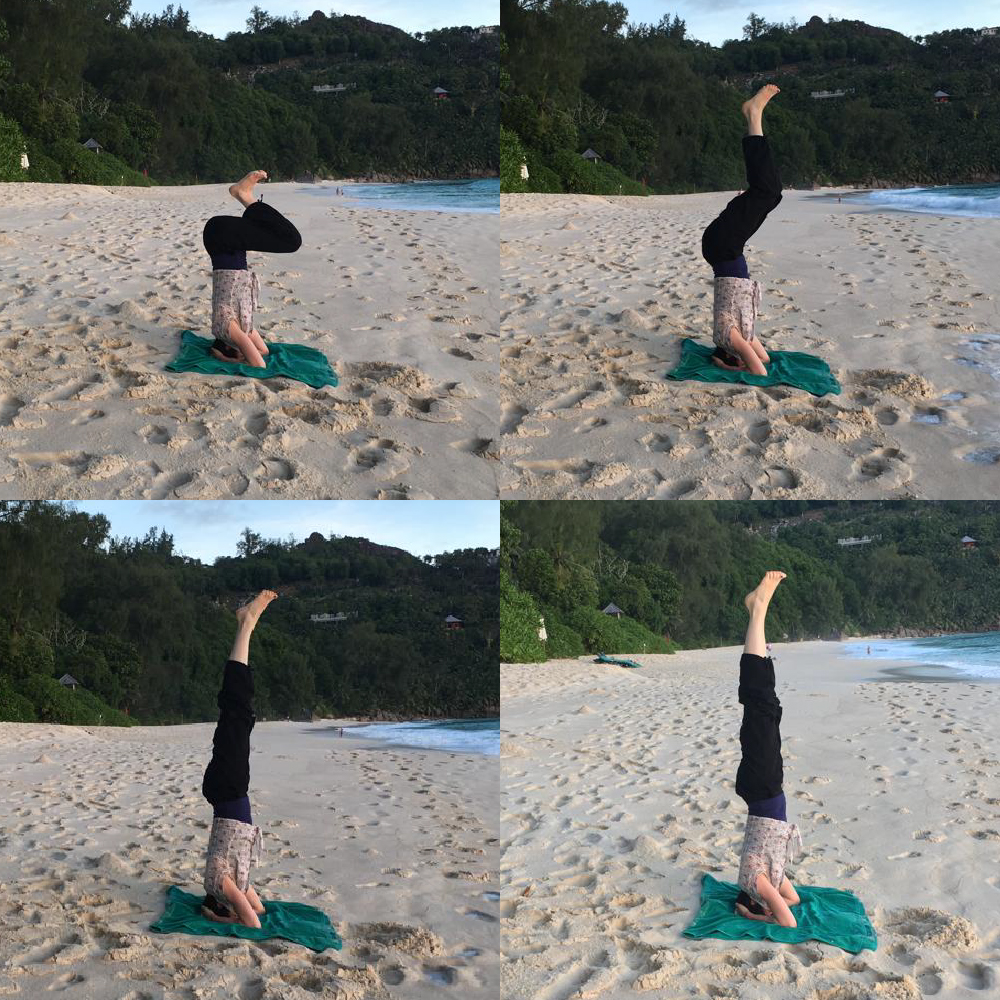Yoga
Indonesia, 2013
The balance and harmony of the being
From Sanskrit, yoga translates into the idea of union, of connection. Its practice is integrated into everyday life and is the best philosophy to maintain one’s body, mind and spirit. It represents a real medicine for the human being who practices it and integrates it throughout his life. Yoga is said to have originated in northern India, opposite the Himalayan mountain ranges, where the Ganges River rises.
This practice was reserved for men until the 70’s and it is thanks to Swami Shivananda that the practice was opened to women.
Yoga is divided into 8 branches: yamas, nyamas, asanas, pranayamas, pratyaharas, and the last 3 which represent raja yoga, namely dharanas, dhyanas, samadhis. This is to understand that yoga is not simply a physical practice. As an example, the first branch (yamas) translates the codes of life in society including ahimsa, non-violence towards oneself and towards others, but also truth, not stealing (not only objects or things but also the knowledge of a mentor without quoting him), moderation and material detachment.
The reading of the sacred writings is essential to deepen one’s philosophy and to rise spiritually. In the Bhagavad-Gîtâ, it is said that only those who have attained a spiritual life will know how to manage their material life. If our society had not become a consumer society, we would not be where we are today!

Learning yoga
by Chantal Lehmann
In January 2013, after six months of treatment for breast cancer, I felt the need to take a month away from Parisian life and pollution to detoxify from the treatment products, regain possession of my body and decant the disease.
I met a yogi and shaman, Lindsey Wise, with whom I followed a daily yoga rhythm: 1h30 sessions every morning. Her teaching was traditional, precise and highly restorative. She made me understand yoga’s essence: a spectacular tool to maintain the body.
Yoga is healing. Meditation manages the central nervous system. The breath oxygenates each of our cells through the blood. Blood is the lifeblood of the human body and is the greatest messenger of repair.
The practice of yoga must be done in the postures’ quality and not quantity. Likewise, the practice must be done in a light, loose and comfortable clothing to allow the prana to circulate. Unfortunately, yoga has replaced fitness in Europe, and it is not with a 200hrs YTT that one can teach students. Once again, our society wants to go fast, and we want to become pros in 5 minutes without realizing that we lack respect for the practice by thinking this way.
This first Hatha training turned a lot around Yin Yoga. All postures on the floor and held for a minimum of 5 minutes, sometimes up to 10 or 15 minutes, are called Yin. It is when the body stops resisting that the postures deepen.
Every evening, I went to the Radiantly Alive center in Ubud to practice and discover all the different styles of yoga that were available to me. I had already practiced 4 hours a day for a month, which had just activated a deep repair after four months of chemotherapy! As the days went by, I felt my body, mind and spirit transform, with the sensation of living a second birth. I could see more clearly, and my body became supple and free again. The more flexible the body becomes, the more flexible the mind becomes. The practice also requires one to adopt a diet in coherence with oneself and to know one’s dosha.
Yoga training courses by Chantal Lehmann
Arhanta Yoga International
January 2014
Kajuraho in India
200hrs
Shiva Tattva Yoga School
December 2016
Rishikesh in India
300hrs + 7 days of ayurveda and panchakarma
Beyond Bryce
July 2018
Koh Samui in Thaïland
300hrs
Inversion Yoga
February 2021
Paris
30hrs
Hatha Vinyasa
August 2021
Chemuyil in Mexico
200hrs